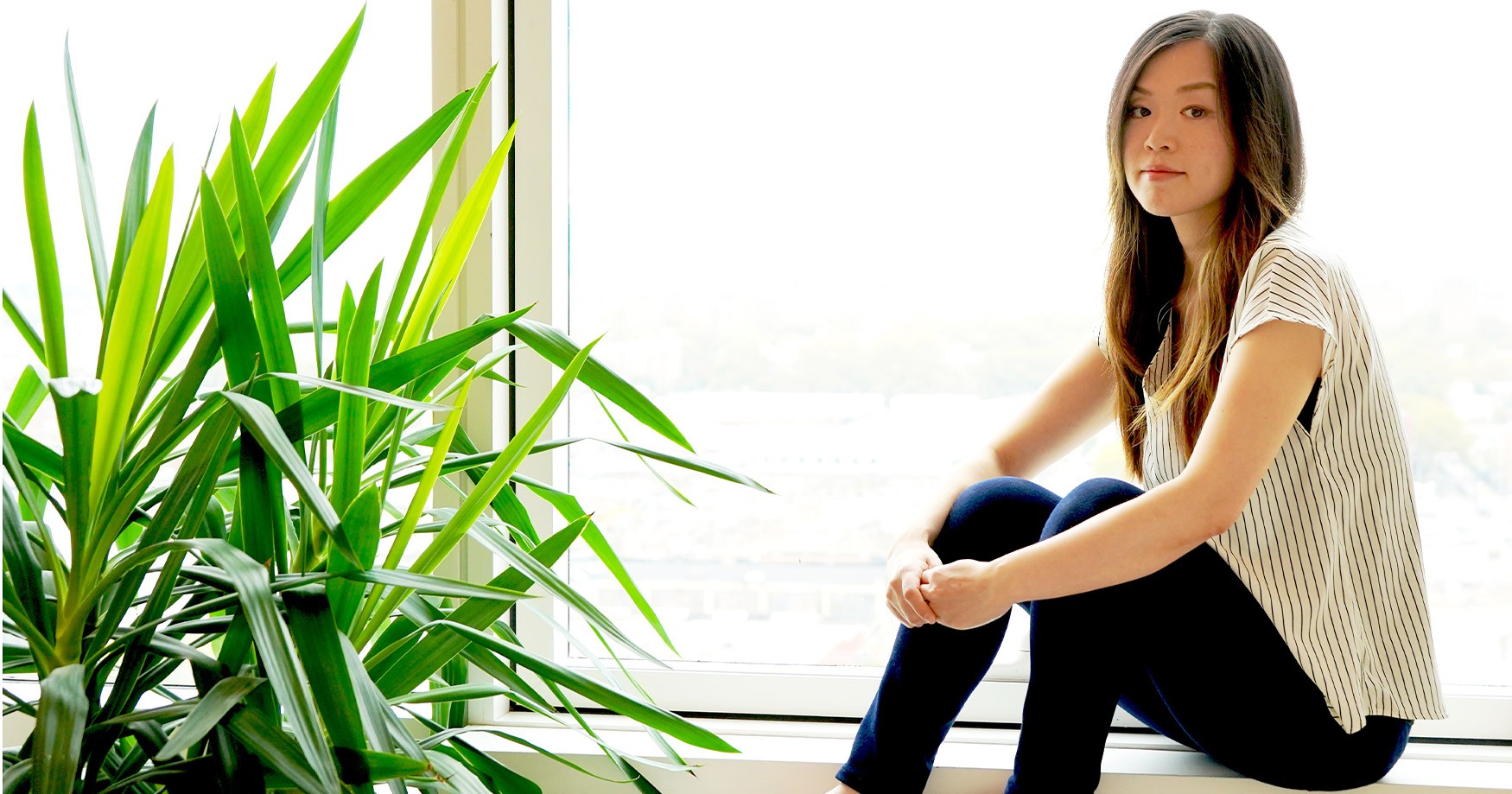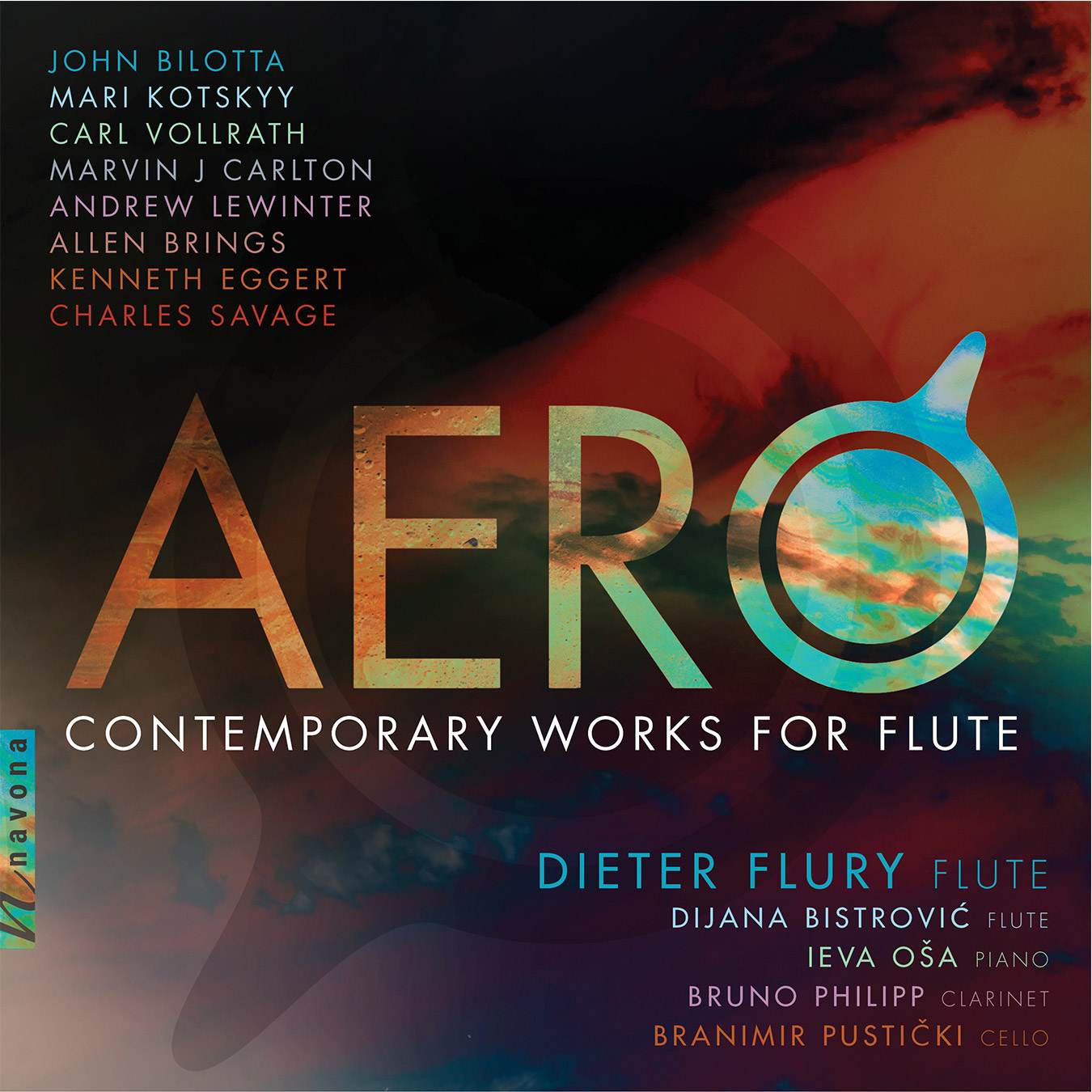From Mozart’s concertos to Jethro Tull’s “Aqualung,” the flute has served as a versatile tool for conveying the spectrum of human emotion. On AERO, flutist Dieter Flury puts decades of study and a handmade golden flute by Yamaha to work to breathe life into works by contemporary composers like Mari Kotskyy and spark the imaginations of listeners. Mari Kotskyy’s Colors offers a cheerful musical landscape filled with conversational harmonies between flute, piano, and clarinet.
Today, Mari is our featured artist in “The Inside Story,” a blog series exploring the inner workings and personalities of our composers and performers. Read on to discover her use of color in generating positive emotions in her compositions…
Who was your first favorite artist(s) growing up?
My first favorite artist was Martha Argerich. When I was a child, my father always listened to classical music in his car when we went out. One of the music he often listened to was a Chopin piano masterpiece collection played by Argerich. It was the 80s and we listened to it on a cassette tape! The program was all Chopin pieces including Minute Waltz op.64-1, Raindrop prelude and Black keys Etude op 10-5. Her playing was so beautiful. Inside the cassette case, there was a program and her biography, and I found out that her birthday and my birthday are on the same day. I felt an affinity with her. Since then she has been my favorite artist and I wanted to be a pianist like her.
What is your guilty pleasure?
My guilty pleasure is to watch Agatha Christie’s “Poirot” every weekend night, even though I have many things to do. Just one episode though, most of the time I fall asleep on the couch and after the show is over, ask my husband “who was the killer?” So technically I don’t really watch it. But I like Poirot and can’t resist it!
If you could make a living at any job in the world, what would that job be?
Currently I compose music and teach piano. I like what I do now, but if I weren’t a composer or a piano teacher I probably would go into art. I would be a fine artist, art gallery curator or art lecturer. I used to make paper cutting arts and participate in some exhibitions at art galleries. Also, I worked as an intern at an art gallery in Brooklyn, NY. I love art. When I get stuck in composing music I often go to Metropolitan Museum of Art to get inspirations.
If you could spend creative time anywhere in the world, where would it be and why?
There are many great places to stimulate my creativity, but I would choose inside Metropolitan Museum of Art because that is the quietest place as far as I know in NYC. I love NYC but have to deal with noise constantly, and it’s sometimes distracting for me. The Metropolitan Museum of Art is not only quiet but also arts give me a lot of inspiration. So, for me, it’s a perfect place to write music.
If you could instantly have expertise performing one instrument, what instrument would that be?
I would choose Violin. My favorite music is Bruch’s “Violin concerto No.1 in G minor, op.26.” I long for playing that piece. I love Itzhak Perlman and every time I watch his performance of the piece on YouTube my tears come out. When I was six years old, I started taking violin lessons but I practiced both piano and violin and it was very hard for me that I couldn’t keep up. Then I restarted learning it when I was in college. I had to choose one instrument to learn besides piano, so I chose violin. My classmates and I performed Vivaldi’s concerto in A minor for a school concert. It was not a great performance but I really enjoyed it. Playing with other people is so much fun. One day I want to study violin again.
Is there a specific feeling that you would like communicated to audiences in this work?
I’d like to share a story behind the piece. One day in early April I was walking on the street and I found that a yellow butterfly was flying around a yellow flower. The yellow colors gave me an optimistic feeling. It made me realize how colors affect people’s emotions. In the spring, flowers are in full bloom and people enjoy the colorful scenery. I can imagine people’s good feelings. On the other hand, the gray sky of winter does not produce any pleasant emotions, so people decorate their houses with colorful lights to create a nice atmosphere and generate positive emotions. I wanted to make “feel-good music.” So, I featured three different colors: yellow, blue, and orange. Each color has different meaning: yellow is for happiness and optimism, blue is for trust, calmness and peace, and orange is for confidence and cheerfulness. I like sending positive feelings through my music to the audience.
Explore Mari’s Latest Release
AERO
From Mozart’s concertos to Jethro Tull’s “Aqualung,” the flute has served as a versatile tool for conveying the spectrum of human emotion. On AERO, flutist Dieter Flury puts decades of study and a handmade golden flute by Yamaha to work to breathe life into works by contemporary composers and spark the imaginations of listeners.




